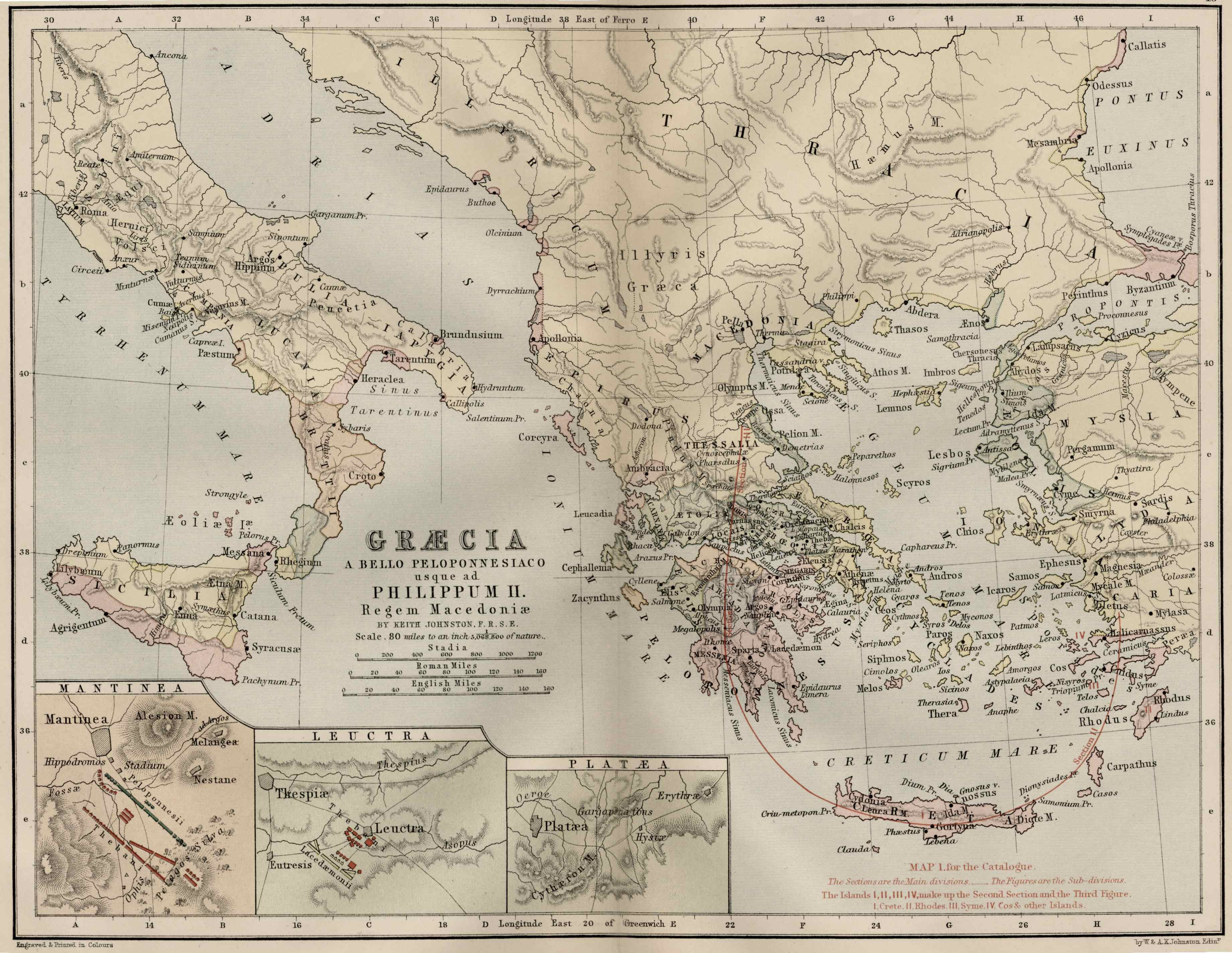Greek City States
Overview
Ancient Greece (Greek: Ἑλλάς, romanized: Hellás) was a northeastern Mediterranean civilization, existing from the Greek Dark Ages of the 12th–9th centuries BC to the end of classical antiquity (c. AD 600), that comprised a loose collection of culturally and linguistically related city-states and other territories—unified only once, for 13 years, under Alexander the Great's empire (336-323 BC). In Western history, the era of classical antiquity was immediately followed by the Early Middle Ages and the Byzantine period.
Roughly three centuries after the Late Bronze Age collapse of Mycenaean Greece, Greek urban poleis began to form in the 8th century BC, ushering in the Archaic period and colonization of the Mediterranean Basin. This was followed by the age of Classical Greece, from the Greco-Persian Wars to the 5th to 4th centuries BC. The conquests of Alexander the Great of Macedon spread Hellenistic civilization from the western Mediterranean to Central Asia. The Hellenistic period ended with the conquest of the eastern Mediterranean world by the Roman Republic, and the annexation of the Roman province of Macedonia in Roman Greece, and later the province of Achaea during the Roman Empire.
Classical Greek culture, especially philosophy, had a powerful influence on ancient Rome, which carried a version of it throughout the Mediterranean and much of Europe. For this reason, Classical Greece is generally considered the cradle of Western civilization, the seminal culture from which the modern West derives many of its founding archetypes and ideas in politics, philosophy, science, and art
A city-state, or polis, was the community structure of ancient Greece. Each city-state was organized with an urban center and the surrounding countryside. Characteristics of the city in a polis were outer walls for protection, as well as a public space that included temples and government buildings. The temples and government buildings were often built on the top of a hill, or acropolis. A surviving example of a structure central to an ancient acropolis is the famous Parthenon of Athens. The Parthenon was a temple built to honor the goddess Athena. The majority of a polis’s population lived in the city, as it was the center of trade, commerce, culture, and political activity.
There grew to be over 1,000 city-states in ancient Greece, but the main poleis were Athína (Athens), Spárti (Sparta), Kórinthos (Corinth), Thíva (Thebes), Siracusa (Syracuse), Égina (Aegina), Ródos (Rhodes), Árgos, Erétria, and Elis. Each city-state ruled itself. They differed greatly from the each other in governing philosophies and interests. For example, Sparta was ruled by two kings and a council of elders. It emphasized maintaining a strong military, while Athens valued education and art. In Athens every male citizen had the right to vote, so they were ruled by a democracy. Rather than have a strong army, Athens maintained their navy.
Greek city-states likely developed because of the physical geography of the Mediterranean region. The landscape features rocky, mountainous land and many islands. These physical barriers caused population centers to be relatively isolated from each other. The sea was often the easiest way to move from place to place. Another reason city-states formed, rather than a central, all-encompassing monarchy, was that the Greek aristocracy strove to maintain their city-states’ independence and to unseat any potential tyrants.
Welcome to our World of Darkness tabletop world.
To gain full use of the site you will need to LOGIN to world anvil and come back to this page.
once you are logged in you will be able to select a species in the right nav


Comments